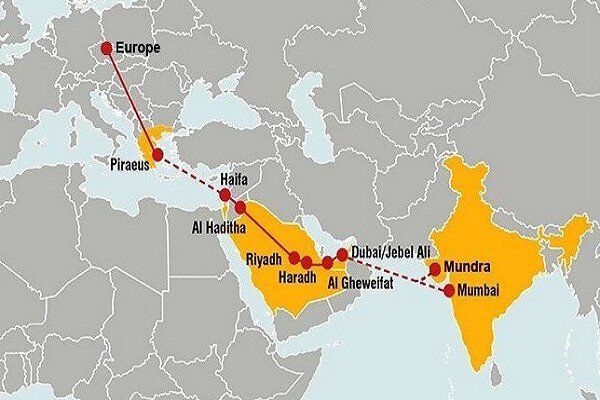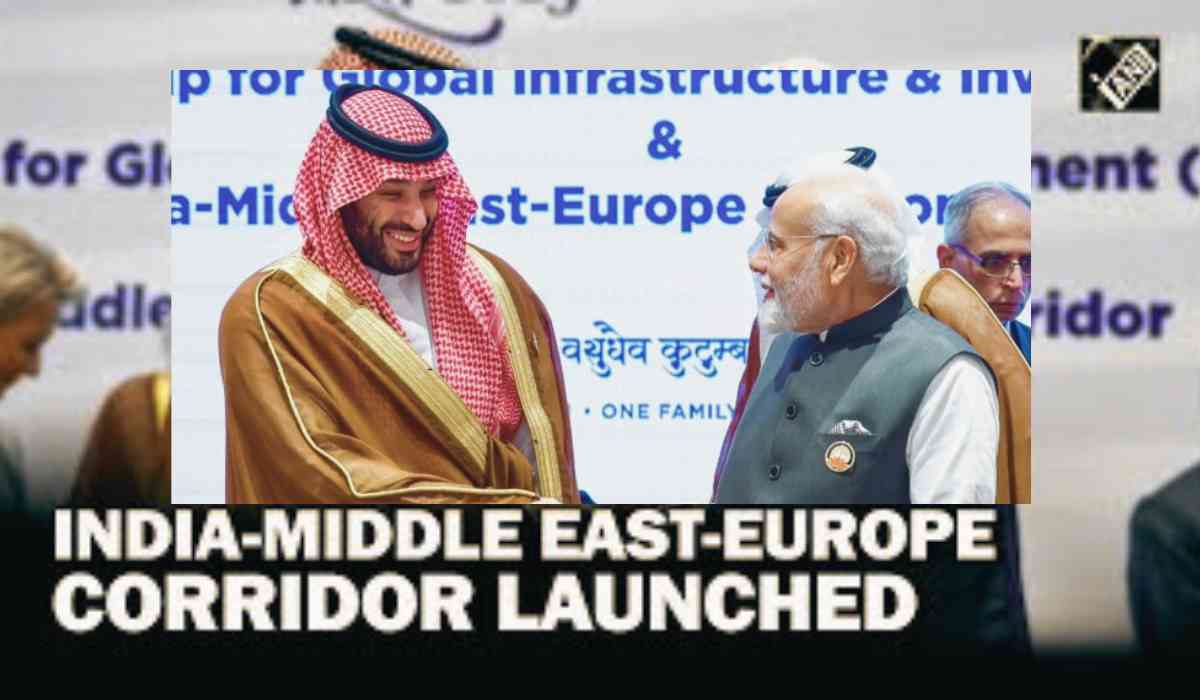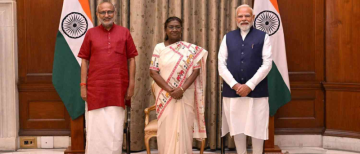During the recent G20 summit in Delhi, India, a notable collaboration occurred between Saudi Arabia, the European Union, and the United States, resulting in the introduction of the India-Middle East-Europe Economic Corridor(IMEC). This impressive infrastructure project seeks to enhance connectivity between these crucial regions, representing a remarkable advancement for India.
This corridor envisions a network of roads, railways, ports, and other infrastructure projects that would facilitate smoother movement of goods, services, and people across these regions. At its core, IMEC seeks to enhance trade and cooperation among the involved regions by reducing logistical bottlenecks and streamlining transport routes. This initiative holds the potential to boost economic growth, create jobs, and foster cultural exchange among the participating nations.

Here are some of the important points that come forward from the corridor :
- Strategic vision: This corridor includes a network of rail and shipping routes, submarine cables for power and telecommunications, and pipelines for clean hydrogen exports. Although the final alignment is yet to be confirmed, it is expected to connect India, the United Arab Emirates, Saudi Arabia, Jordan, Israel, and a few member states of the European Union. This integration holds the potential for improved connectivity and increased economic cooperation among the nations involved.
- Strengthening regional relations: This initiative takes place in the context of India's strengthening strategic partnerships with West Asian nations, notably Saudi Arabia and the UAE. Additionally, there have been positive developments in the historically tense relations between Israel and certain Arab states, with reports suggesting a notable reconciliation between Israel and Saudi Arabia.
- Open new opportunities: Experts highly praise this venture for its ability to unlock previously unexplored opportunities and address connectivity obstacles that have impeded progress in these regions. Harsh V Pant, Vice President for Studies and Foreign Policy at the Observer Research Foundation, emphasizes the corridor's potential to harmonize investments and economic growth across different geographical areas.
The strategic importance of this matter should not be overlooked. The corridor not only strengthens India's strategic engagement with West Asia but also enhances its trade ties. Navdeep Suri, a former Indian diplomat, emphasizes the corridor's role in bolstering India's relationship with the Gulf Cooperation Council and the European Union, its largest and second-largest trading partners, respectively.
- Counter global initiative: Observers point out that the corridor has the potential to act as a countermeasure to China's Belt and Road Initiative. Its primary objective is to safeguard against the dominance of any one power by encouraging India's active involvement in trans-regional trade.
- Discuss feasibility: Although the project has received praise, there are still some concerns regarding its economic viability. Doubts have been raised regarding the necessity of the corridor, as some suggest that existing maritime routes, like the Suez Canal, might be sufficient.
- Faster and greener trade routes: Advocates strongly argue that the corridor presents a quicker and more sustainable option compared to the Suez Canal, offering the potential to reduce transit times by up to 40%. This remarkable development has the potential to substantially transform trade dynamics between India, the Middle East, and Europe.
Challenging geopolitical circumstances: However, the project is facing opposition from certain groups. Turkish President Recep Tayyip Erdoğan believes that the corridor's exclusion of Turkey undermines its potential.
Image Source: ANI
© Copyright 2023. All Rights Reserved Powered by Vygr Media.

























